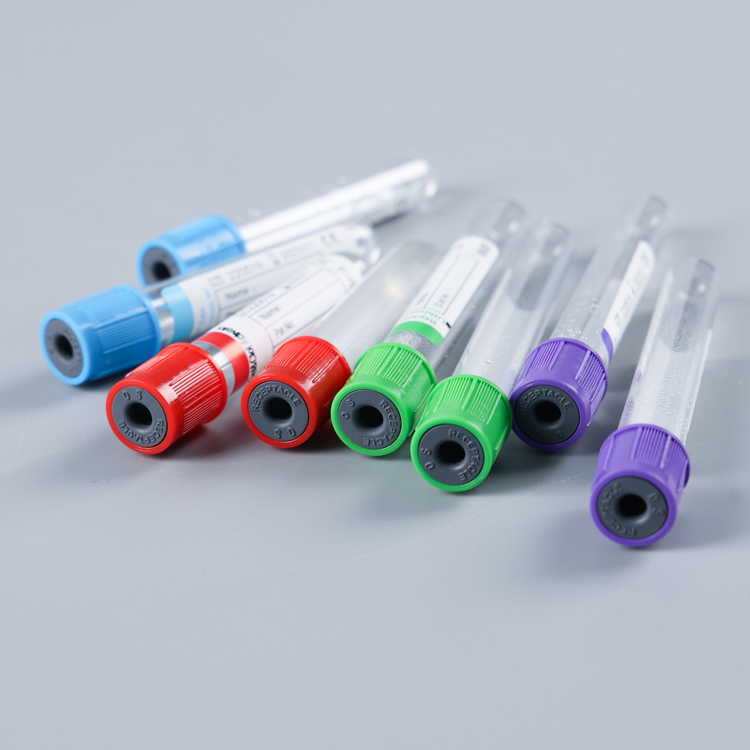In the production process of pollution-free agricultural products, it is necessary to optimize the formula fertilization technology, mainly organic fertilizer, to maintain or increase fertility and soil biological activity. All fertilizers, especially nitrogen-rich fertilizers, should not have adverse consequences for the environment and crops (nutrition, taste, quality and plant resistance). The types of fertilizers that can be used are:
1. Organic fertilizer: compost, manure, manure, biogas fertilizer, green manure, crop straw, cake fertilizer.
2. Inorganic fertilizer: mineral nitrogen fertilizer, mineral potassium fertilizer and mineral phosphate fertilizer (phosphorus ore), limestone; nitrogen fertilizer (including ammonium bicarbonate, ammonium sulfate) and phosphate fertilizer (including phosphoric acid) prepared according to the optimized formula fertilization technical scheme guided by soil fertilizer and agricultural technology department Diammonium, monoammonium phosphate, superphosphate, calcium magnesium phosphate fertilizer, potassium fertilizer and other inorganic compound fertilizers that meet the requirements.
Trace element fertilizer: a fertilizer formulated mainly from trace elements such as copper, zinc, iron, manganese, boron and molybdenum.
Medium-quantity element fertilizer: a fertilizer mainly composed of medium elements such as calcium, magnesium, sulfur and silicon.
3, microbial fertilizer: plant growth auxiliary fertilizer, using natural organic extract or inoculating beneficial bacteria fermentation broth, adding some humic acid, alginic acid, amino acids, vitamins, sugar and other fertilizers (including active four-dimensional fertilizer, soil activity And microbial fertilizers such as rhizobium, nitrogen-fixing bacteria, phosphorus bacteria, and silicate bacteria).
4. Compound fertilizer: An organic or inorganic compound fertilizer prepared by scientific formula using two or more of the above fertilizers.
1. Organic fertilizer: compost, manure, manure, biogas fertilizer, green manure, crop straw, cake fertilizer.
2. Inorganic fertilizer: mineral nitrogen fertilizer, mineral potassium fertilizer and mineral phosphate fertilizer (phosphorus ore), limestone; nitrogen fertilizer (including ammonium bicarbonate, ammonium sulfate) and phosphate fertilizer (including phosphoric acid) prepared according to the optimized formula fertilization technical scheme guided by soil fertilizer and agricultural technology department Diammonium, monoammonium phosphate, superphosphate, calcium magnesium phosphate fertilizer, potassium fertilizer and other inorganic compound fertilizers that meet the requirements.
Trace element fertilizer: a fertilizer formulated mainly from trace elements such as copper, zinc, iron, manganese, boron and molybdenum.
Medium-quantity element fertilizer: a fertilizer mainly composed of medium elements such as calcium, magnesium, sulfur and silicon.
3, microbial fertilizer: plant growth auxiliary fertilizer, using natural organic extract or inoculating beneficial bacteria fermentation broth, adding some humic acid, alginic acid, amino acids, vitamins, sugar and other fertilizers (including active four-dimensional fertilizer, soil activity And microbial fertilizers such as rhizobium, nitrogen-fixing bacteria, phosphorus bacteria, and silicate bacteria).
4. Compound fertilizer: An organic or inorganic compound fertilizer prepared by scientific formula using two or more of the above fertilizers.
ã€Comment】 ã€Print this article】 ã€Close this page】 ã€Large, medium and small】
In the clinical medical experiments usinghuman venous blood as specimensome take the serum from the specimen as the experimental object.The blood collection tubes suitable for this type of medical tests are called serum blood collection tube.

color guide blood collection tubes,collection tubes for blood,tubes for blood collection,blood collection tubes color code
Yong Yue Medical Technology(Kunshan) Co.,Ltd , https://www.yymeds.com